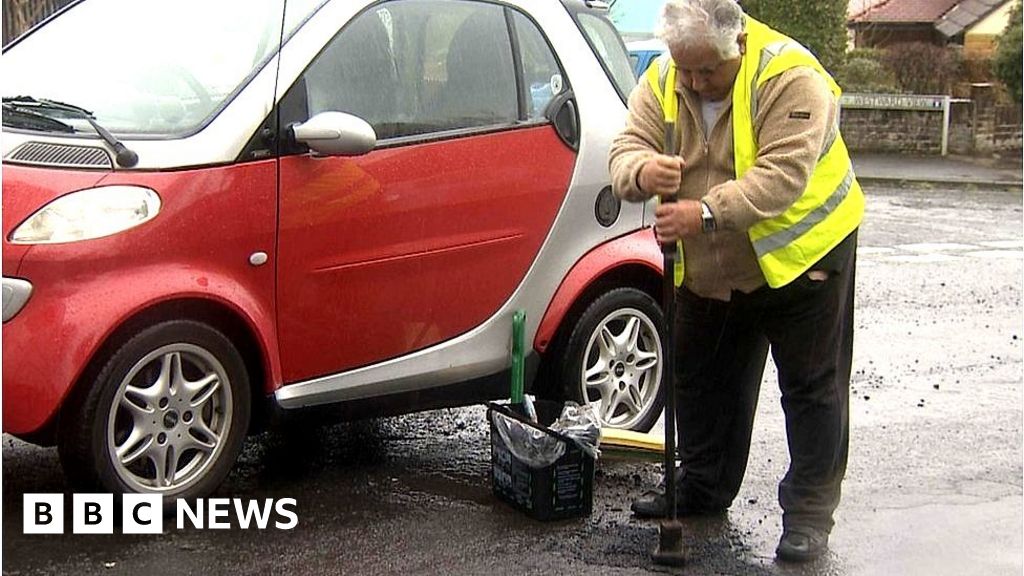A year or so ago the government got tough on this with councils after they'd woke up to pointlessness of them filling the same holes every winter and then yelling for more money next time. Since then higher repair standards have become more common and some civil contractors have been specialising in the work,
The main improvements I've seen have been clearing the hole of loose materials, then preparing it with a liquid tar to give a bonding surface right out to the edges, then finally adding the tar and tamping it well down to give a level surface bonding right to the edges. Some then add more liquid tar all round the seam to proof against water entry. These do seem to make the repair last well so far.
.
These aren't "improvements" they have always been required under the Specification for Highway Works (SHW).
The improvement probably comes from somebody pointing out to the contractor what they are supposed to do, but by your description they are still sadly lacking.
In a previous life I was a manager in a local authority Direct Labour Organisation (DLO), a council owned contractor.
We trained people to Level 2 SVQ/NVQ in Highway Works and they knew all aspects of roadworks including how to patch roads in accordance with the SHW.
I don't think any of our local councils operate roads DLOs of any scale (the one I worked for had almost 300 employees) everything now going to private contractors.
When I see some of the private contractors out patching today I wonder what training they have had, if any, there also seems to be a lack of supervision from the client authorities which allows the cowboys to do what they want.







